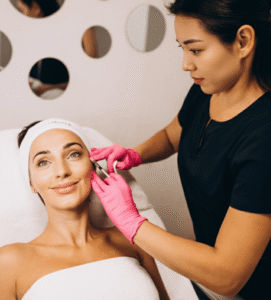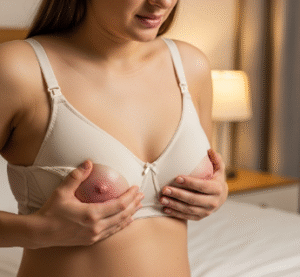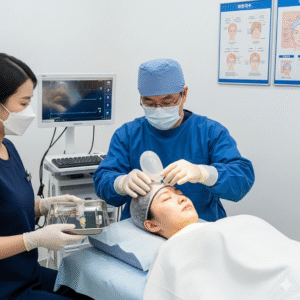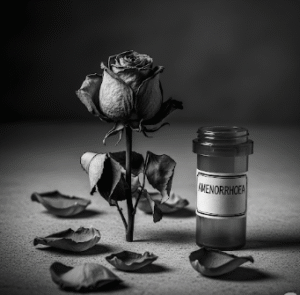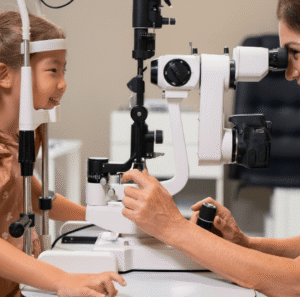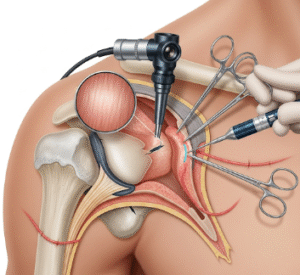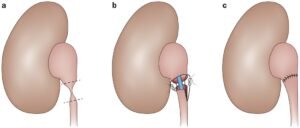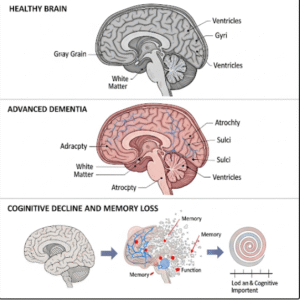What It Is
Acne scar subcision is a minimally invasive surgical procedure that improves the appearance of depressed or tethered acne scars. These scars form when fibrous bands pull the skin downward, creating visible indentations. Subcision involves inserting a fine needle or blade under the scar to release these fibrous attachments, allowing the skin to lift and smooth over time.
In Korea, acne scar subcision is often combined with laser resurfacing, microneedling, fat grafting, or dermal fillers for comprehensive skin rejuvenation and optimal scar correction.
Why It’s Done
Patients undergo acne scar subcision because:
- Depressed scars make the skin look uneven, rough, and aged.
- Fibrotic tethering prevents improvement with creams or superficial treatments.
- They want a long-lasting, natural improvement in skin texture.
- Subcision stimulates collagen production, enhancing skin elasticity over time.
Good candidates include:
- Individuals with rolling, tethered, or depressed scars.
- Patients with realistic expectations (improvement, not total scar removal).
- Those in good health, without active acne or skin infections.
Alternatives
- Laser resurfacing (CO2, Er:YAG, fractional lasers): Resurfaces the skin and improves texture.
- Microneedling or RF microneedling: Stimulates collagen for mild to moderate scars.
- Chemical peels: Improve superficial scars but less effective for deep tethered scars.
- Dermal fillers: Temporarily lift depressed scars.
- No treatment: If scars are mild and not a cosmetic concern.
Preparation
Before acne scar subcision in Korea, patients will:
- Have a consultation with skin analysis and scar classification.
- Avoid blood-thinning medications and alcohol for 1–2 weeks.
- Stop active acne medications (like isotretinoin) as recommended by the surgeon.
- Follow pre-procedure skincare guidelines to minimize irritation.
How It’s Done
- Anesthesia: Local anesthesia or topical numbing.
- Procedure:
- A fine needle or blunt cannula is inserted under the scar.
- Fibrous scar bands are released, freeing the skin from its tethered position.
- The surgeon may combine this with filler injections or PRP for enhanced results.
- Duration: 30–60 minutes, usually outpatient.
Recovery
- First week: Mild swelling, bruising, and tenderness at treated sites.
- Small pinpoint marks may be visible but heal quickly.
- Most patients return to daily activities within 2–3 days.
- Final results: Gradual improvement over 1–3 months as collagen remodeling occurs.
Possible Complications
- Bruising and swelling at the treatment site.
- Temporary redness or pigmentation changes.
- Uneven correction or need for repeat sessions.
- Rare risks: infection, nerve injury, or excessive bleeding.
Treatment Options in Korea
Diagnosis
- Detailed scar evaluation using clinical examination and sometimes dermatoscopic imaging.
- Classification of scars (rolling, boxcar, ice-pick, tethered) to customize treatment.
Medical Treatments
- Topical scar treatments (silicone gels, retinoids) for mild cases.
- Laser and microneedling for surface improvement.
Surgical or Advanced Therapies
- Subcision for tethered, depressed scars.
- Combination therapies: subcision with fillers, PRP, or stem-cell enriched fat grafting.
- Laser resurfacing or fractional RF for skin texture refinement.
- Punch excision or grafting for deep, resistant scars.
Rehabilitation and Support
- Post-procedure skincare with gentle cleansers, sunscreen, and healing ointments.
- Scar management with silicone products if necessary.
- Multiple sessions may be scheduled for optimal results.
- International patients benefit from Korea’s comprehensive scar treatment programs, cutting-edge technologies, and natural-looking results.




